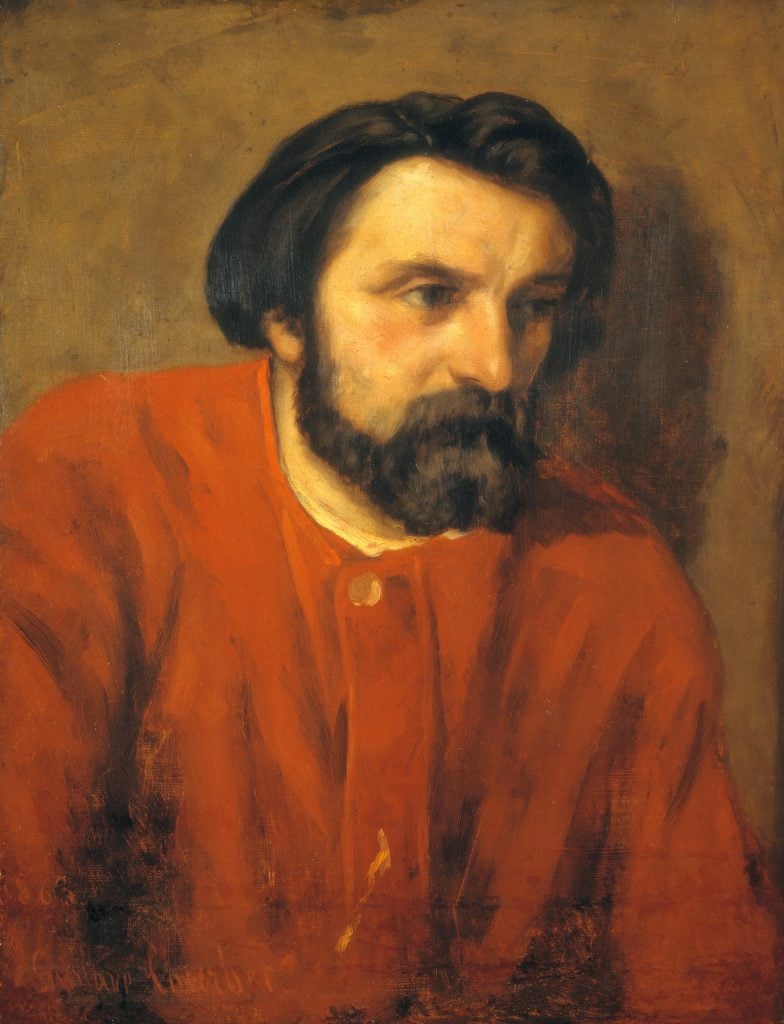Museums & Institutions
Five Paintings Pulled From Display at Kunsthaus Zurich Amid Nazi-Loot Concerns
The Emil Georg Bührle Collection Foundation is seeking the possible restitution of the works.

The Emil Georg Bührle Collection Foundation is seeking the possible restitution of the works.

Adam Schrader

A handful of paintings from the Emil Georg Bührle Collection have been pulled off display at the Kunsthaus Zurich museum in Switzerland, as the foundation that manages the collection seeks a settlement with the heirs of the Jewish families that claim multiple works in the collection were looted by the Nazis.
The decision to seek the settlement is not based on new information that has come to light but on new “best practices” for dealing with Nazi-looted art published by the U.S. State Department in March, the foundation said in a statement translated from German.
According to its statement, the foundation has identified five works that fall within the scope of the new guidelines, which expand the interpretation of the Washington Principles of 1998. Those works are Gustave Courbet’s Portrait du Sculpteur Louis-Joseph (1863), Claude Monet’s Jardin de Monet à Giverny (1895), Henri de Toulouse-Lautrec’s Georges-Henri Manuel (1891), Vincent van Gogh’s Der alte Turm (1884), and Paul Gauguin’s La route montante (1884).
“In accordance with the existing conditions imposed on the Foundation, these paintings will be removed from the exhibition at the Kunsthaus Zürich and will no longer be on display,” the foundation said in its statement.
A sixth painting, Edouard Manet’s La Sultane (ca. 1871), has been identified by the foundation as a case to be dealt with separately as it is not considered to fall under the criteria of the new guidelines. It is believed to have once belonged to Jewish collector Max Silberberg, who was forced to sell it in 1937. He and his wife were later murdered at Auschwitz. The foundation previously said Silberberg never owned the work.
“Due to the overall historical circumstances, the foundation is prepared to pay symbolic compensation in this case,” the foundation said of the Manet painting in its latest statement.
The foundation added that it has no reason to believe that any other works in its collection were seized due to Nazi persecution and subject to the latest guidelines, but promised to examine “any new findings” that emerge.
As reported by the Swiss newspaper Neue Zürcher Zeitung, the decision came just two weeks before the Kunsthaus Zürich was due to present new results on provenance research into the Bührle Collection.
U.S. Secretary of State Antony Blinken had welcomed the released of the new guidelines in a statement from his spokesperson in March. His office called the updated guidelines the result of international collaboration. Countries that have endorsed the so-called “Best Practices” include Germany, Italy, the United Kingdom, Israel and many others in Europe.
“The Best Practices reinforce the Washington Principles, including by recognizing that forced sales happened and underscoring the urgency of resolving remaining claims for property, whether held in public or private collections,” a spokesperson for the U.S. State Department said at the time.
Last year, an art collective “hacked” the QR codes for Kunsthaus Zurich’s exhibition of works from the collection to call out Bührle’s Nazi ties.